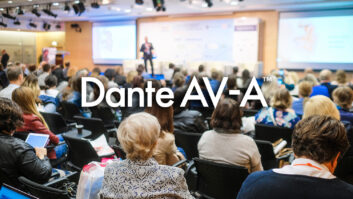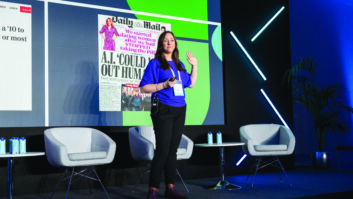 Fusing education with the future has always been a tough task. After all, how do you truly prepare pupils for tomorrow without knowing what it’ll involve? It doesn’t seem too long ago that weary maths teachers were reminding students, “you won’t always have a calculator in your pocket, you know”. Today, those same pockets carry a slender smartphone boasting over 100,000 times the processing power of the Apollo 11 computer.
Fusing education with the future has always been a tough task. After all, how do you truly prepare pupils for tomorrow without knowing what it’ll involve? It doesn’t seem too long ago that weary maths teachers were reminding students, “you won’t always have a calculator in your pocket, you know”. Today, those same pockets carry a slender smartphone boasting over 100,000 times the processing power of the Apollo 11 computer.
Still, recent innovation within the higher education sector has been astounding. It’s matched, and in some cases even outpaced, the rate of change we’ve observed across the enterprise sector. And as higher education is generally designed to prepare students for working life, it makes sense that education spaces should transform as dramatically as workplaces. From VR-powered interactive learning to cross-continental collaborative work, it’s far more interesting to be a student today than in the past. But while these evolutions are undoubtedly positive, they also present challenges for lecturers and institutions.
CHANGING ROLES
For some educators, harnessing new tools to create more engaging, immersive lessons is an easy and exhilarating experience. But for others, it can seem like you need a degree in technology simply to operate a modern lecture theatre.
Teachers need worry-free, hands-free automation and time-saving tools for easy, instant, on-screen presentations from any device. Any new audio-visual technology should enable ‘one-touch’ lesson starts, and the ability to share devices and launch applications. It must also upgrade security by allowing IT and end-users to reset rooms and lockdown rooms remotely, and be customisable to educators’ needs. And it’s not just the technology or layouts that need to change.
Now, lecturers need to reinvent themselves as presenters, or even ‘performers’. They must use their charisma and interaction skills to engage students not just in the room, but those watching remotely, and even those watching from the future if the session is recorded – all while ensuring they can be seen and heard across the various mediums.
These barriers are contributing to a stifled adoption rate. So, the onus is on institutions to partner with an expert audio-visual organisation to craft tailored, end-to-end, easy-to-use solutions that upgrade the institutions’ AV capabilities today, and prepare to scale them up in the future. Such investments may be impacted by budget restrictions during the worldwide recession. But if educators are to prioritise one investment, it should be AVoIP technology.
NETWORK REVOLUTION
Secure, scalable AVoIP networks can accommodate huge numbers of devices over greater distances, ideal for educators looking to harness more resources and displays with unified management and standardised solutions. This move will require the leveraging of high-speed encoders and decoders, a unified LAN network, an IP network switch, a control management system for the campus, and more. Once set up, AVoIP can help to build greater in-person and remote engagement, interest, excitement, and even allow for new learning experiences like virtual reality, AI, and innovation labs.
In an ideal world, a lecturer should be able to enter any space (from a basic room to a cinema-style auditorium), place their own device into a docking station, and then suddenly have the room set up according to their preferences. So, if the teacher is teaching one class and then needs to move to a different building to tutor another, they should be able to take their ‘teaching experience’ with them and educate in the way they’re used to. This ‘open ecosystem’ saves time in setting up technology that might otherwise impact students’ learning, and enables institutions to integrate and future-proof their audio-visual technology.
Meanwhile, students should be able to easily share their content and opinions with their lecturer and peers, making everyone a ‘content creator’. Modern higher education has moved towards visual aids, group work, and interactivity. And with the seamless technology now readily available to enable this, higher education institutions must begin leveraging it to break down walls, bridge gaps, and make students and lecturers feel closer together even when they’re far apart.







